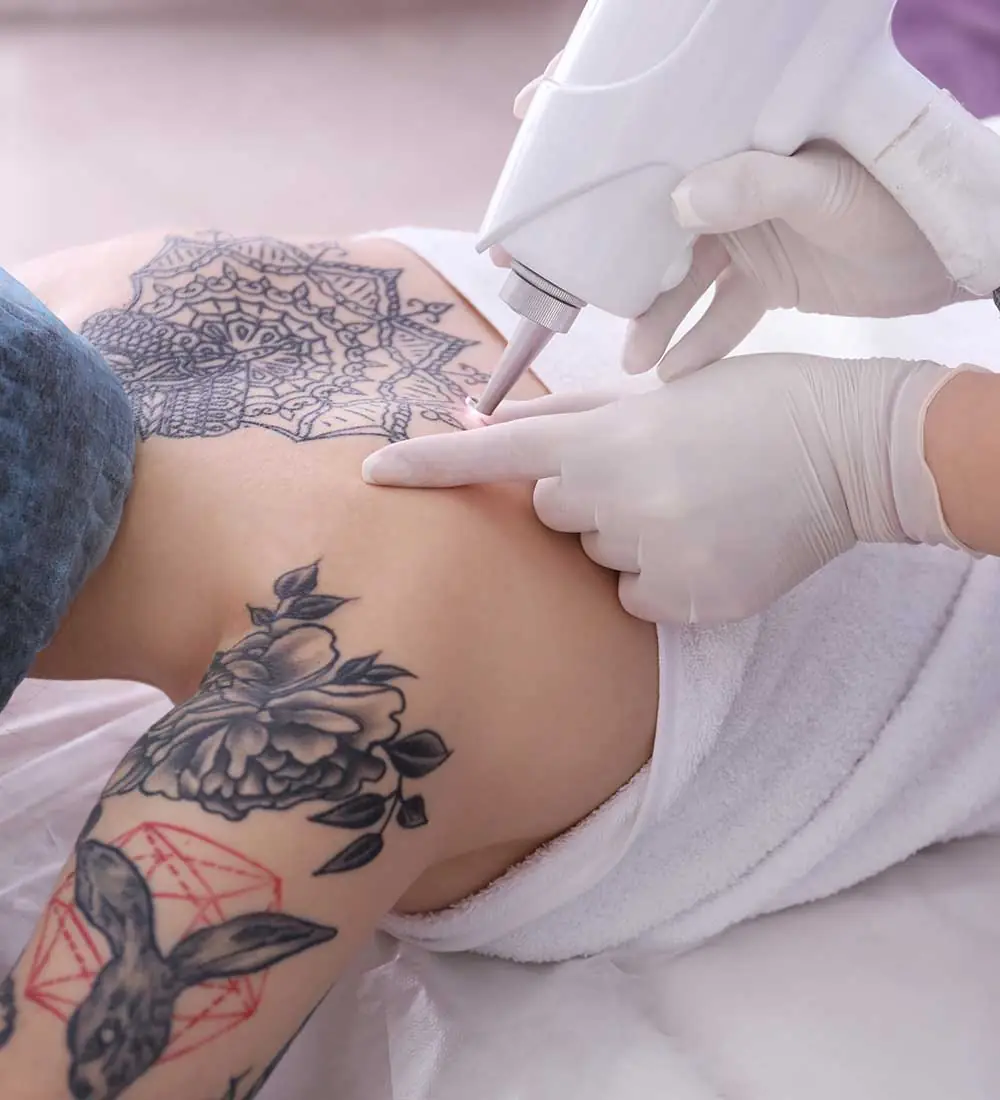
Rejuvi tattoo removal is a non-laser method that uses a specially formulated cream injected into the skin to draw tattoo ink to the surface. The ink then forms a scab that naturally falls off during the healing process, gradually fading the tattoo. While this technique is appealing due to its non-laser approach, it still requires careful handling to avoid side effects. Knowing how the process works is the first step toward avoiding complications. The treatment affects multiple layers of skin, so it’s essential to approach it with the right expectations and caution.
Importance of Skin Preparation
Proper skin preparation can significantly reduce the risk of adverse reactions during and after the procedure. Clean, healthy, and moisturized skin allows the Side effects of Rejuvi tattoo removal (الآثار الجانبية لإزالة الوشم ريجوفي) and perform its job with less trauma. It’s important to avoid sun exposure, harsh skincare products, or any skin irritants in the days leading up to the session. Additionally, individuals should be in good overall health and stay well-hydrated, as this promotes skin resilience and faster healing. Skipping this crucial step could lead to unnecessary irritation or sensitivity post-treatment.
Following Aftercare Instructions Religiously:
One of the most vital parts of ensuring a safe and successful Rejuvi tattoo removal is strictly following aftercare guidelines. After each session, a scab forms as part of the natural healing process. It’s critical not to pick, scratch, or disturb this scab. Doing so can result in scarring, infection, or uneven pigment removal. The treated area should be kept clean and dry, and any recommended healing creams or ointments should be applied as directed. Protective dressing might be necessary for the first few days to shield the area from bacteria or friction. Adhering to these steps minimizes the likelihood of side effects and supports optimal results.
Avoiding Rejuvi on Sensitive or Compromised Skin:
Rejuvi tattoo removal is not suitable for every skin type or condition. Skin that is sunburned, inflamed, infected, or extremely sensitive should never be treated. Attempting removal on compromised skin can cause extreme reactions, such as blistering, prolonged redness, or permanent texture changes. It’s important to assess your skin’s readiness before every session. Even minor cuts or dryness can increase the chance of unwanted side effects. Skipping a session is better than risking long-term skin damage. Always listen to your body and delay treatment if your skin isn’t in top condition.
Timing and Session Spacing:
Properly spacing your Rejuvi removal sessions is another key factor in avoiding complications. The skin needs ample time to heal fully between treatments. Rushing the process can lead to overlapping wounds, excessive scarring, and slower recovery. Typically, a gap of 8 to 12 weeks between sessions is recommended to allow the skin to regenerate and to assess the level of fading achieved. Each session removes only a portion of the pigment, and patience is essential. Allowing your body to go through its natural healing cycle without pressure results in safer and more aesthetically pleasing outcomes.
Lifestyle Choices That Promote Healing:
Certain lifestyle habits can influence how well your body recovers from Rejuvi tattoo removal. Smoking, alcohol consumption, and poor diet can all impair wound healing. To avoid side effects, it’s advisable to maintain a healthy lifestyle throughout the removal process. Eating nutrient-rich foods, especially those high in vitamins A and C, helps with collagen production and skin repair. Staying hydrated and getting adequate rest also plays a significant role in healing. Additionally, avoiding excessive sweating, swimming, or intense physical activities for several days post-treatment prevents irritation or infection of the treated area.
Knowing When to Pause or Stop Treatment:
Being aware of warning signs and knowing when to pause the removal process is crucial for your safety. If you experience prolonged pain, increased redness, pus, or an unusual rash, these could indicate an adverse reaction. Continuing treatment in such a state could worsen the condition. Sometimes, it’s best to halt the sessions temporarily or explore alternative approaches if your skin isn’t responding well. Not every tattoo or skin type reacts the same way to Rejuvi, and recognizing your limits can prevent lasting damage. Safety should always come before aesthetic goals.
Conclusion:
Rejuvi tattoo removal offers a unique, non-laser approach to fading unwanted tattoos, but like any skin treatment, it carries the risk of side effects if not handled with care. By understanding the procedure, preparing the skin properly, following aftercare instructions, and allowing enough healing time between sessions, you can significantly reduce potential complications. Avoiding treatment on sensitive or damaged skin, adopting healthy lifestyle habits, and recognizing when to pause the process are all critical steps toward safe and successful outcomes. Prioritizing your skin’s health and respecting its healing process will help ensure that your tattoo removal journey is as smooth and effective as possible.